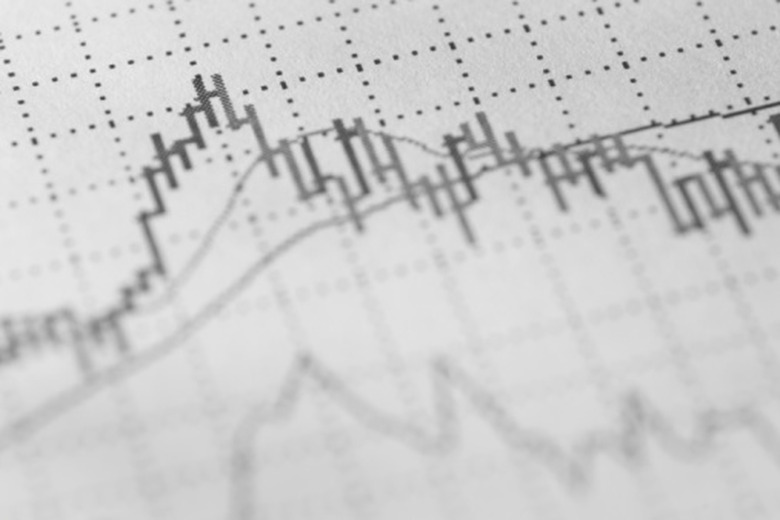How To Calculate A Normalized Curve
The collection of experimental data is fundamental to experimental science. It is common practice to plot the experimental data upon a graph to help in the identification of trends. Sometimes, the absolute magnitude of the data is not important, but instead the relative variation has importance. In such cases, you can normalize the experimental data which involves scaling it to within the range of zero and one, using a calculator.
Step 1
Write down the raw data in a table format. For example:
D H 0 10 1 15 2 10
Step 2
Normalize the data in the second column. To normalize the data, find the peak value in the column. Following the example, the peak value is 15m. Make a third column and label it "Normalized data." Use the following formula to calculate the normalized values for column 3: column 3 = column 2 / peak value in column 2
Following the example, the following table will be made:
D H Normalized H 0 10 0.666 1 15 1.000 2 10 0.666
Step 3
Draw a standard x-y graph, and label the x-axis accordingly. Label the y-axis "Normalized Data." Plot column one of the table as the x value and column 3 as the y value.
Things Needed
- Calculator
- Graph paper
Cite This Article
MLA
Markings, Samuel. "How To Calculate A Normalized Curve" sciencing.com, https://www.sciencing.com/calculate-normalized-curve-8701703/. 24 April 2017.
APA
Markings, Samuel. (2017, April 24). How To Calculate A Normalized Curve. sciencing.com. Retrieved from https://www.sciencing.com/calculate-normalized-curve-8701703/
Chicago
Markings, Samuel. How To Calculate A Normalized Curve last modified March 24, 2022. https://www.sciencing.com/calculate-normalized-curve-8701703/
